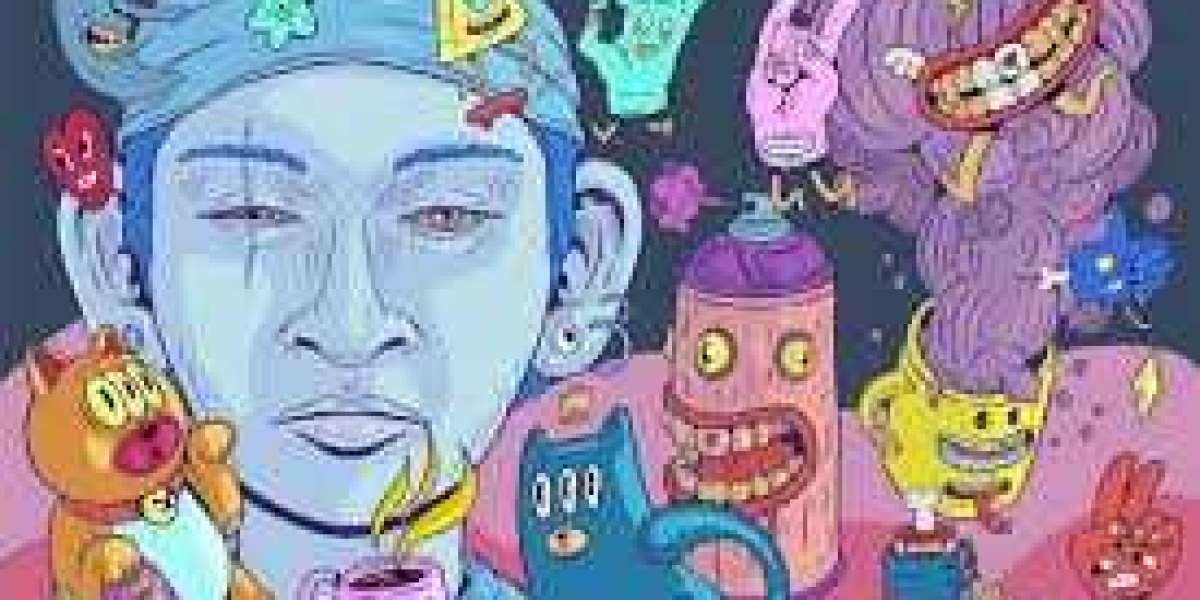Ah, the allure of the past! Historical fiction transports us to bygone eras, weaving tales of adventure, intrigue, and the human experience across time. But for both writer and reader, one of the biggest challenges is bridging the gap between the present and the past. Here's where the magic of research and art full illustrations come together to breathe life into historical settings.
Research: The Foundation of Believability
Before any brushstroke hits the canvas, a thorough research dive is essential. Think of it as building the foundation of your historical world. The goal? To create an atmosphere so rich and detailed that readers feel like they've stepped through a time machine. Here's where your research shines:
- Digging into Daily Life: Unearth details about clothing styles, architecture, transportation, and social customs. Did people wear hats indoors? What kind of furniture did they use? Understanding these details paints a vivid picture of the daily grind for your characters.
- Delving into the Social Fabric: Explore the societal structure, class systems, cultural norms, and prevailing beliefs of the time. Were there strict gender roles? What social hierarchies existed? This knowledge informs your characters' interactions and motivations.
- Unearthing the Visual Landscape: Researching architecture, fashion, weaponry, and even the flora and fauna specific to the period allows you, and your illustrator, to depict the setting with historical accuracy.
The Power of Illustration: Visually Immersing the Reader
Now comes the magic! With a solid research foundation, the illustrator takes the stage. Here's how Art full illustrations elevate historical fiction:
- Bridging the Gap Between Past and Present: A well-crafted illustration can transport readers directly into the story's setting. Imagine bustling marketplaces, grand castles, or gritty battlefields - all brought to life with stunning detail.
- Enhancing Character Development: Detailed character illustrations not only showcase clothing and hairstyles, but can also convey emotions, social status, and even personality through posture and facial expressions.
- Adding Layers of Information: Illustrations can depict important cultural elements, like religious icons, traditional clothing, or architectural details, enriching the story without overwhelming the reader with expository text.
Keys to Successful Collaboration: Author and Illustrator
For the most impactful results, author and illustrator need to work in tandem. Here are some tips:
- Clear Communication: The author should provide the illustrator with detailed descriptions, reference images, and even historical context to ensure an accurate portrayal.
- Mood Boards and Concept Art: Creating mood boards with visuals that capture the desired atmosphere can be a great starting point.
- Open Dialogue: Maintaining open communication throughout the process allows for feedback and iteration, ensuring the final illustrations perfectly complement the narrative.
Examples that Shine: Bringing History to Life
There are countless historical fiction novels that utilize illustrations masterfully. Here are a few standouts:
- The Aru Shah Series by Roshani Chokshi: Richly illustrated with vibrant imagery that captures the essence of Hindu mythology and Indian culture.
- Circe by Madeline Miller: Hauntingly beautiful illustrations evoke the mythical world of ancient Greece.
- On Beauty by Zadie Smith: Black-and-white illustrations add a touch of realism and social commentary to this contemporary novel set in London.
Beyond the Book: The Power of Illustration Beyond Fiction
The magic of research and illustration extends beyond historical fiction. Educational books, historical biographies, and even children's literature can benefit from well-researched and engaging illustrations:
- Making History Accessible: Illustrations can simplify complex historical concepts for younger audiences, sparking their curiosity about the past.
- Visual Aids for Learning: Diagrams, maps, and infographics can enhance understanding and retention of historical events.
The Final Word: A Partnership for Immersive Storytelling
In conclusion, when research and illustration join forces, they weave a powerful spell, transporting readers to different eras. The meticulous research provides the historical accuracy, while the artistry of the illustration breathes life into the setting, characters, and even emotions. So, the next time you pick up a historical fiction novel, take a moment to appreciate the partnership behind the captivating scenes. After all, it's the magic of research and illustration working hand-in-hand that allows us to truly experience the wonders of the past.







